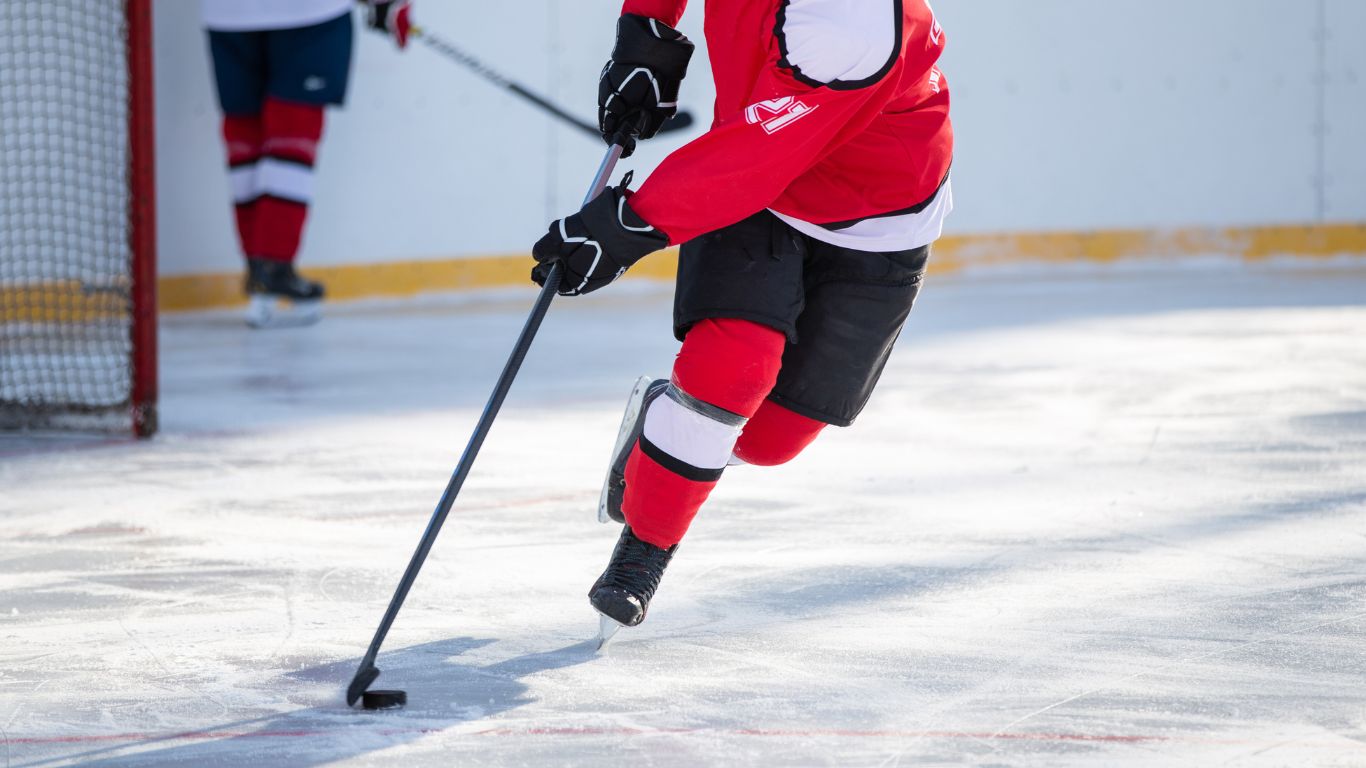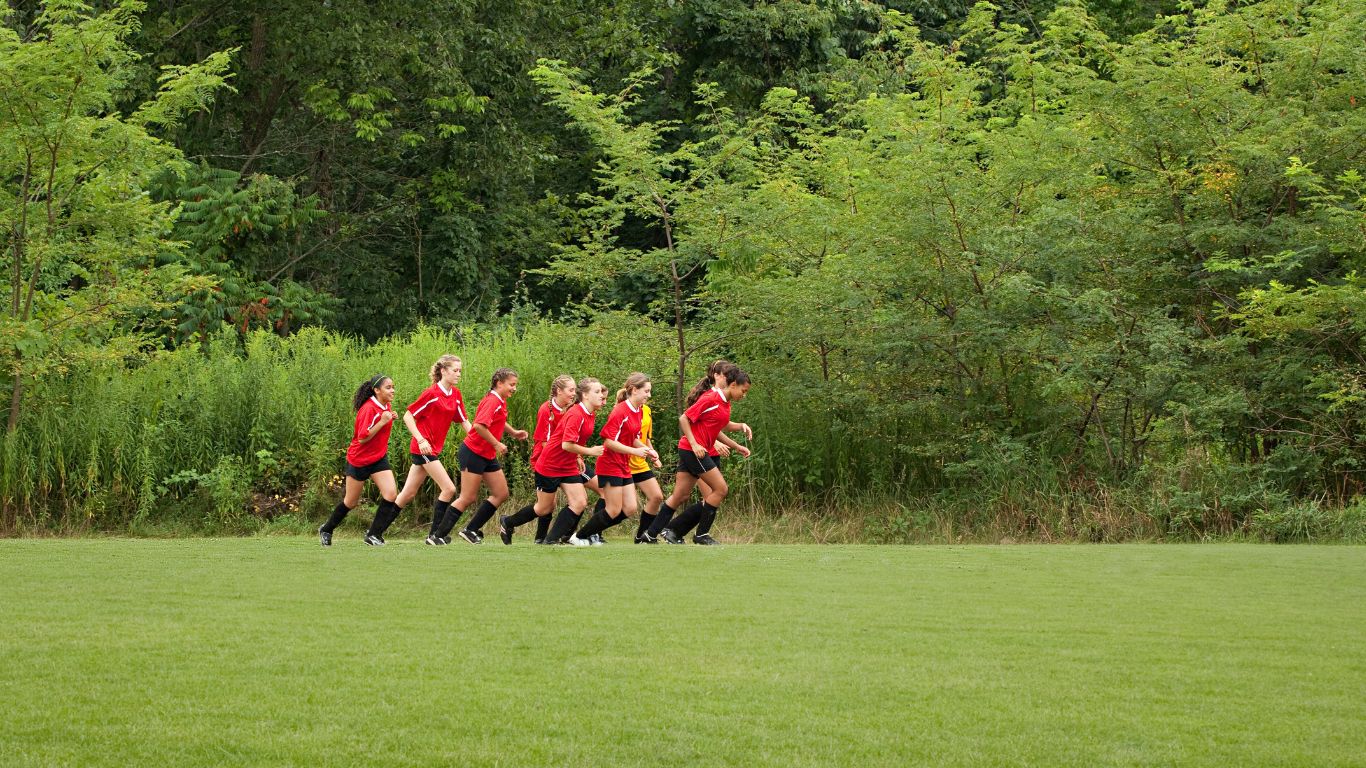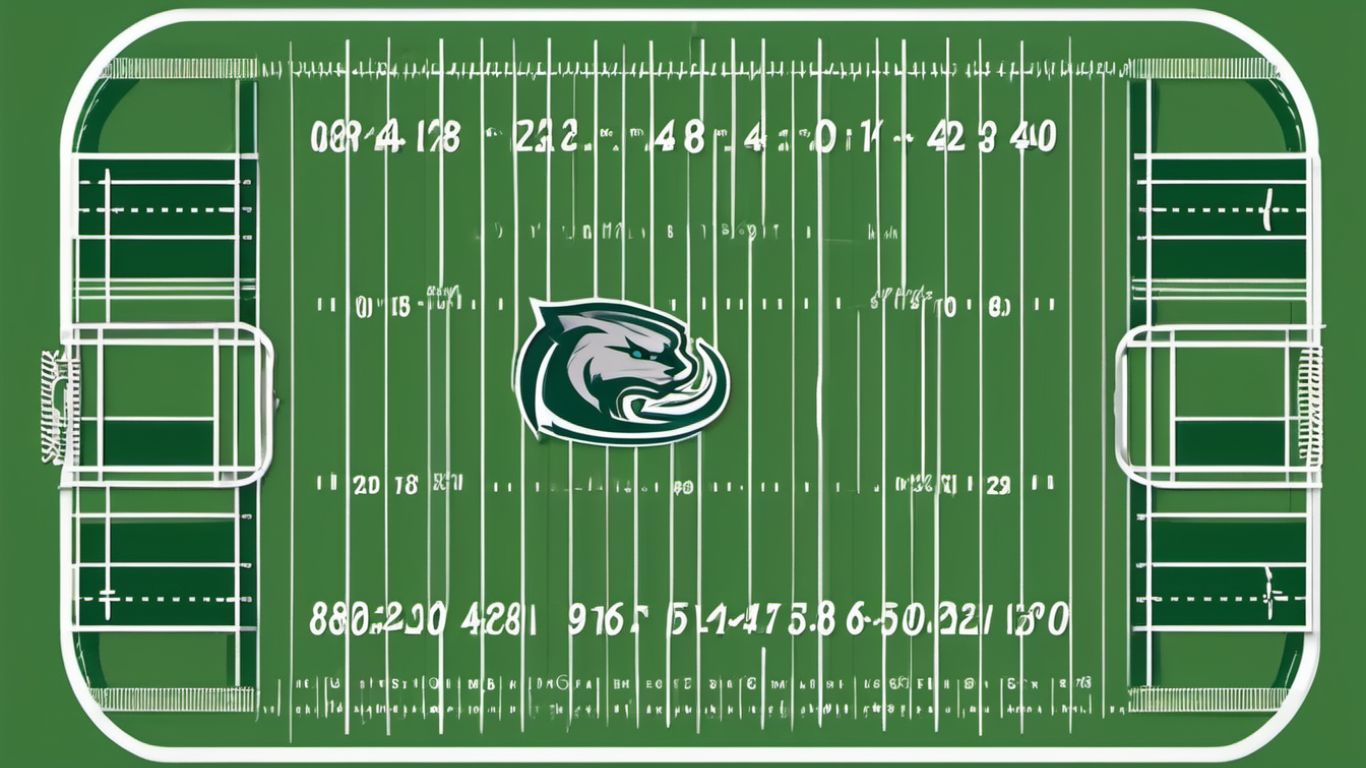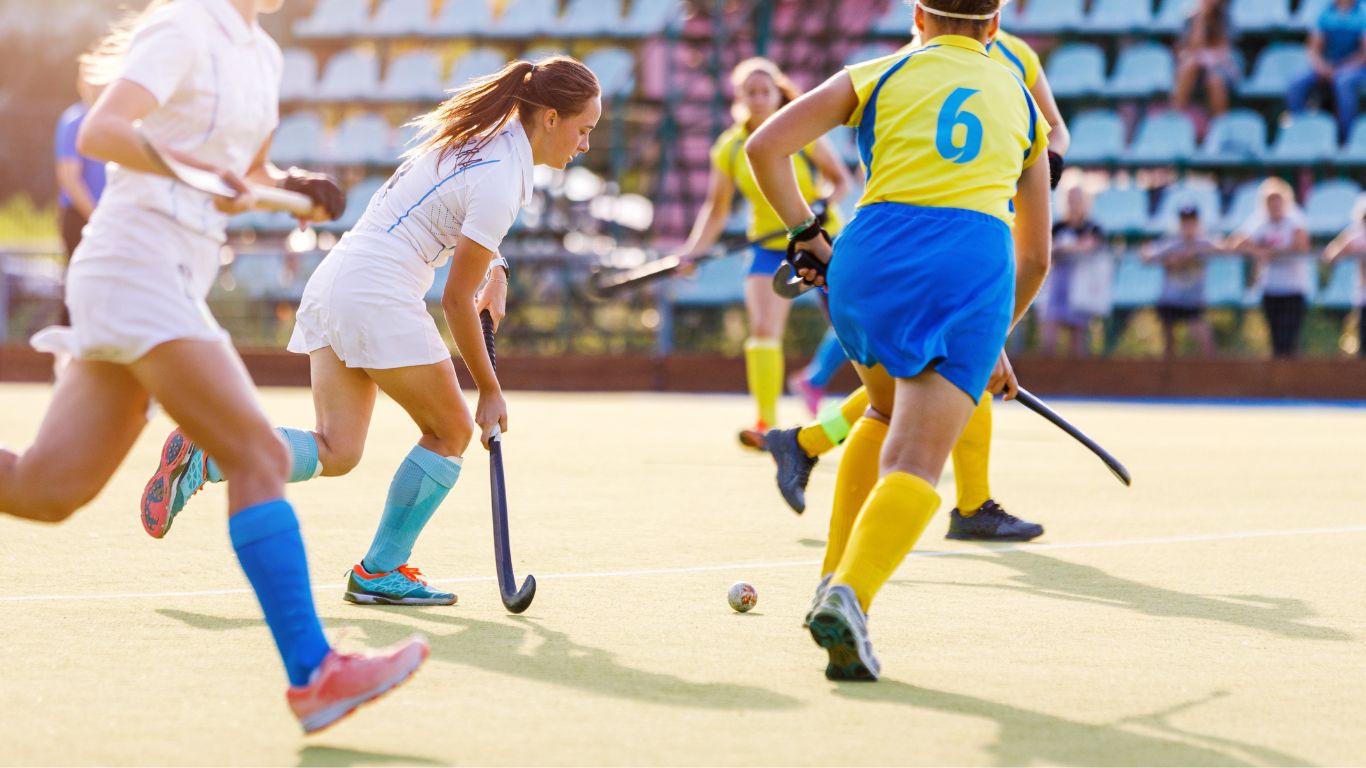To hockey stop, shift your weight to your lead leg and turn your back leg perpendicular. This allows you to come to a quick and controlled stop on the ice.
Hockey stopping is a crucial skill for any hockey player. When executing a hockey stop, you need to shift your body weight to your leading leg while turning your back leg perpendicular to the direction of your skate. This technique enables you to efficiently and effectively halt your momentum on the ice.
Whether you’re a beginner or an experienced player, learning how to hockey stop is essential for mastering your control, speed, and overall skating ability. We will break down the steps and techniques required to execute a proper hockey stop, allowing you to improve your game on the rink.

Credit: www.mymotherlode.com
Mastering The Basic Techniques
Being able to hockey stop effectively is a fundamental skill in the game of hockey. It allows you to quickly change direction and come to a complete stop, giving you better control on the ice. In this section, we will discuss the basic techniques that will help you master the hockey stop.
Getting Comfortable With Balance And Weight Distribution
Before diving into the different hockey stop techniques, it is important to get comfortable with your balance and weight distribution on the ice. Hockey skating requires a strong base and an understanding of how to shift your weight from one foot to another. To improve your balance, practice standing on one foot while maintaining a stable position. This will help you develop a solid foundation for executing the hockey stop.
Practicing The Snowplow Stop
The snowplow stop is one of the first stopping techniques that beginners learn in hockey. It involves turning your toes inward and pushing the inside edges of your skates into the ice, creating a snowplow shape with your feet. By gradually increasing the pressure on the inside edges, you can slow down and come to a controlled stop. Practicing this technique repeatedly will help you build confidence and improve your stopping ability.
Perfecting The Parallel Stop
The parallel stop is a more advanced technique that requires a combination of balance, weight distribution, and edge control. To execute a parallel stop, you need to shift your weight onto the inside edges of both skates simultaneously while keeping them parallel to each other. This will allow you to dig into the ice and create enough friction to stop completely. Practice making wide turns and gradually decrease the distance between your skates to perfect your parallel stop.
Remember, mastering the basic techniques of balance, weight distribution, the snowplow stop, and the parallel stop is essential for becoming a proficient hockey player. By dedicating time to practice and focusing on improving these skills, you will be well on your way to being able to stop confidently and efficiently on the ice.

Credit: www.register-herald.com
Advanced Stopping Techniques
Hockey stopping is a crucial skill that allows players to quickly change direction and come to a complete stop on the ice. While learning the basic hockey stop is essential, advanced stopping techniques can take your game to the next level. In this section, we will explore three advanced stopping techniques: Learning the crossover stop, Mastering the one-foot stop, and Executing the quick stop.
The crossover stop is a powerful stopping technique that combines the power of both legs to control your speed and direction. To execute the crossover stop, follow these steps:
- Cross your top foot over your bottom foot, forming an ‘X’ shape with your legs.
- Shift your weight onto your outside edge of the bottom skate and apply pressure to stop.
- Use your inside edge of the top skate to maintain balance and control.
- Practice this technique by gradually increasing speed and incorporating it into your gameplay.
The one-foot stop is a skill that requires excellent balance and coordination. To master the one-foot stop, follow these steps:
- Lift one foot off the ice, keeping the other foot firmly planted.
- Shift your weight onto the foot on the ice, using the inside edge to stop.
- Bend your knee and lean slightly forward to maintain your balance.
- Practice this technique by gradually increasing the duration of the one-foot stop.
The quick stop is a rapid stopping technique that allows players to come to a sudden halt. To execute the quick stop, follow these steps:
- Skate forward with your knees bent and your weight balanced.
- Transfer your weight onto your outside edges and dig into the ice with both skates.
- Use your edges to create friction and stop your momentum.
- Remember to keep your upper body stable and maintain a strong core throughout the stop.
By incorporating these advanced stopping techniques into your training routine, you can enhance your overall performance on the ice. Practice regularly, focus on your technique, and soon you’ll be executing these stops with precision and confidence.
Common Mistakes And How To Fix Them
When it comes to learning how to hockey stop, there are common mistakes that many players struggle with. However, these mistakes can be easily corrected with the right approach. In this guide, we will address the common mistakes made while learning to hockey stop and provide practical solutions to fix them.
Stopping On The Wrong Edges
One of the most common mistakes when learning to hockey stop is using the wrong edges of the skates. Many players tend to rely too heavily on their inside edges, which can lead to instability and difficulty in stopping effectively. If you find yourself struggling with this, make sure to focus on evenly distributing your weight between the inside and outside edges of your skates. Practice shifting your weight from one edge to the other to ensure a balanced stop.
Using Too Much Upper Body Movement
Another mistake that players often make is relying too much on upper body movement to stop. While upper body rotation can aid in stopping, excessive twisting of the upper body can lead to loss of balance and control. To fix this, concentrate on using your lower body and leg muscles to generate the stopping force. Keep your upper body stable and let the lower body do the work to achieve a more stable and controlled stop.
Addressing Fear And Lack Of Confidence In Stopping
Fear and lack of confidence can also be significant barriers when learning to hockey stop. Many players hesitate due to fear of falling or lack of confidence in their abilities. To overcome this, practice stopping in a gradual and controlled manner, gradually increasing speed and intensity as you gain more confidence. Focus on building trust in your skills and gradually push your comfort zone to conquer the fear of stopping.
Tips And Drills For Improvement
Improving your hockey stop takes practice and dedication. Below are some tips and drills to help you enhance your skills and become more proficient at performing hockey stops.
Using Cones For Practice And Accuracy
Cones are a valuable tool for honing your hockey stop technique. Set up a series of cones in a straight line and practice stopping around each one. This helps improve your control and precision, allowing you to navigate obstacles on the ice more effectively. Using cones can also help you work on your stopping speed and agility, ultimately strengthening your overall performance on the ice.
Developing Proper Edge Control
Edge control is essential for executing a smooth and effective hockey stop. Practice shifting your weight to the outside edges of your skates when coming to a stop. This will help you maintain balance and control while reducing the risk of slipping or tripping. Additionally, incorporating edge control drills into your training routine can significantly enhance your stopping ability and overall skating proficiency.
Utilizing Backward Stopping Drills
Improving your backward stopping skills is equally important for a well-rounded hockey stop game. Incorporate backward stopping drills into your training regimen to enhance your maneuverability and flexibility on the ice. Practicing backward stops not only helps improve your overall control and awareness but also enhances your confidence in executing stops from different directions.
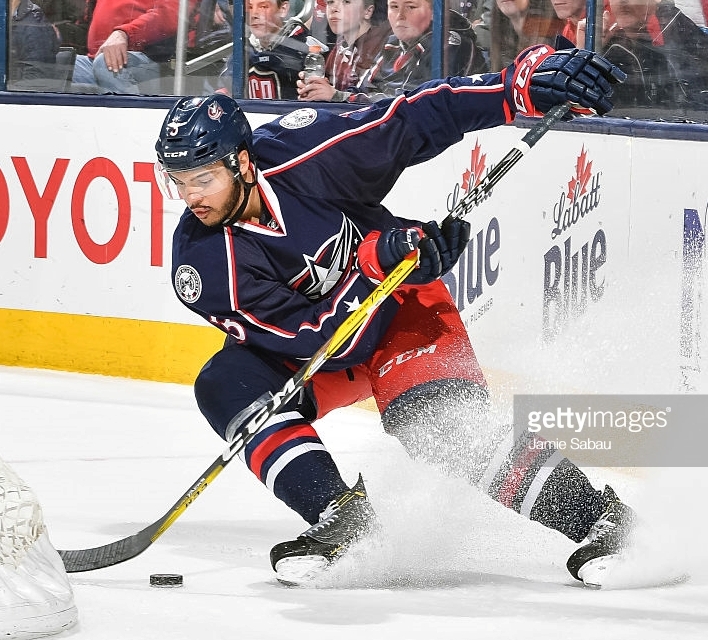
Credit: www.robbyglantz.com
Frequently Asked Questions
How Do I Stop Playing Hockey?
To stop playing hockey, follow these steps: 1. Reflect on your reasons for wanting to quit. 2. Discuss your decision with your coach or team members. 3. Gradually reduce your involvement in hockey activities. 4. Focus on alternative hobbies or sports.
5. Stay active and maintain a healthy lifestyle.
How Do Hockey Players Stop So Fast?
Hockey players stop fast by using a combination of techniques like quick pivoting, using their edges, and applying pressure on their skates. They also use their sticks for balance and positioning. All these skills help them maintain control while coming to a sudden stop on the ice.
How Do You Stop Hockey Without Falling?
To stop in hockey without falling, maintain a low center of gravity, bend your knees, and keep your weight centered over your skates. Use your edges and turn your hips and shoulders in the direction you want to stop. Practice proper balance and technique to stop smoothly on the ice.
How Do You Stop When Ice Skating?
To stop when ice skating, bend your knees slightly and keep your feet parallel. Use the inside edges of your skates and gradually slow down by pushing your feet outwards. Use your arms for balance. As you gain control, decrease the pressure on your feet until you come to a complete stop.
Conclusion
Mastering the hockey stop is a fundamental skill for any player on the ice. By following these step-by-step instructions, you can improve your technique and feel more confident on the ice. Remember to maintain proper balance, use your edges effectively, and practice regularly to develop this essential skill.
With dedication and practice, you’ll be stopping on a dime in no time. So get out there and start perfecting your hockey stops!





